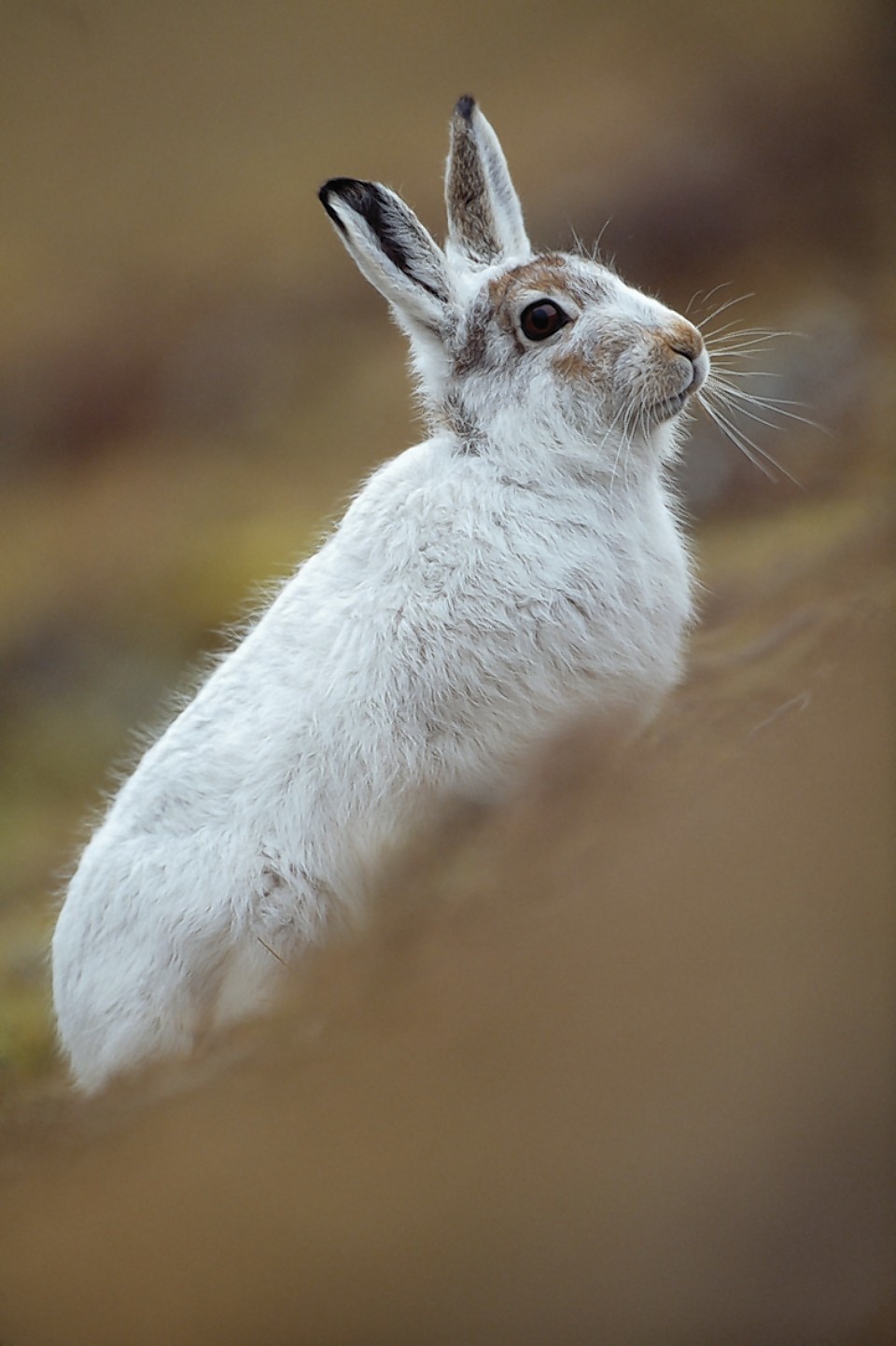It may not be as iconic as the red deer, but the mountain hare is a welcome sight on Scottish mountains.
A joint initiative has now been launched to protect the animal, which is known for its white winter coat.
Scottish Natural Heritage (SNH), Scottish Land and Estates (SLE) and the Game and Wildlife Conservation Trust (GWCT) are urging voluntary restraint on large-scale culls.
It is hoped the initiative, along with several other measures, will ensure that future management of the mammal will be sustainable.
Mountain hare populations are under threat from habitat loss and in some areas large culls on grouse moors.
Although not a fully protected species, the UK is obliged to ensure its long-term survival is not threatened in any way.
Ron Macdonald, SNH’s director of policy and advice, said: “We are asking estates for restraint on large-scale culls of mountain hares which could jeopardise the conservation status of mountain hares.
“We recognise that some culling is occasionally needed to ensure healthy grouse stocks, but available evidence shows that large-scale culls of mountain hares are only effective when other tick-carrying animals are removed, or there is an absence of them in the area.
“Where such animals are not removed we urge that hare culls should not be undertaken.”
Douglas McAdam, SLE chief executive, said culling was legal and necessary in certain circumstances, such as to protect young trees or to support red grouse.
“While culling will be an ongoing requirement in certain areas and situations, we support the call for voluntary restraint where large-scale culls could jeopardise the conservation status of the mountain hare,” he said.
The James Hutton Institute has teamed-up with SNH and GWCT on a three-year project to look at the best methods of assessing mountain hare population densities.
Currently, most of the information on population trends is drawn from reports on the number shot on estates.
The last national estimate, published in 1995, put the total number of animals in Scotland at 350,000, with a margin for error of plus or minus 50%.
